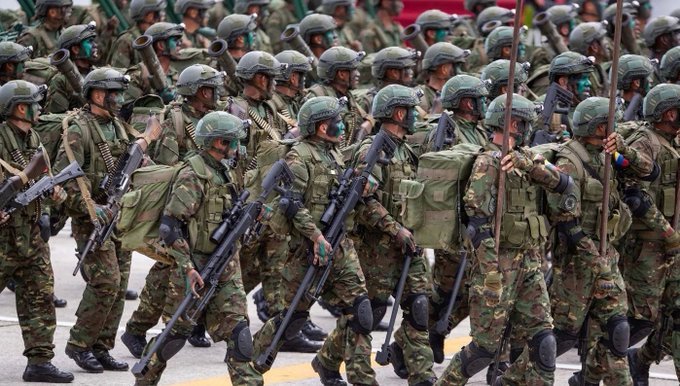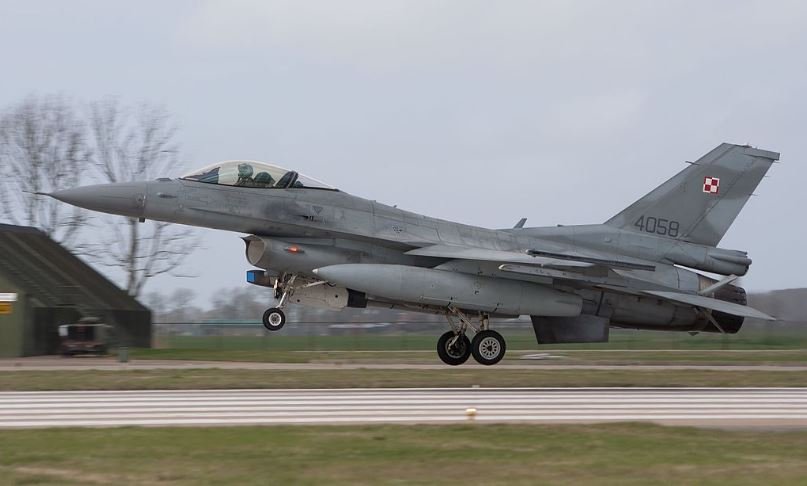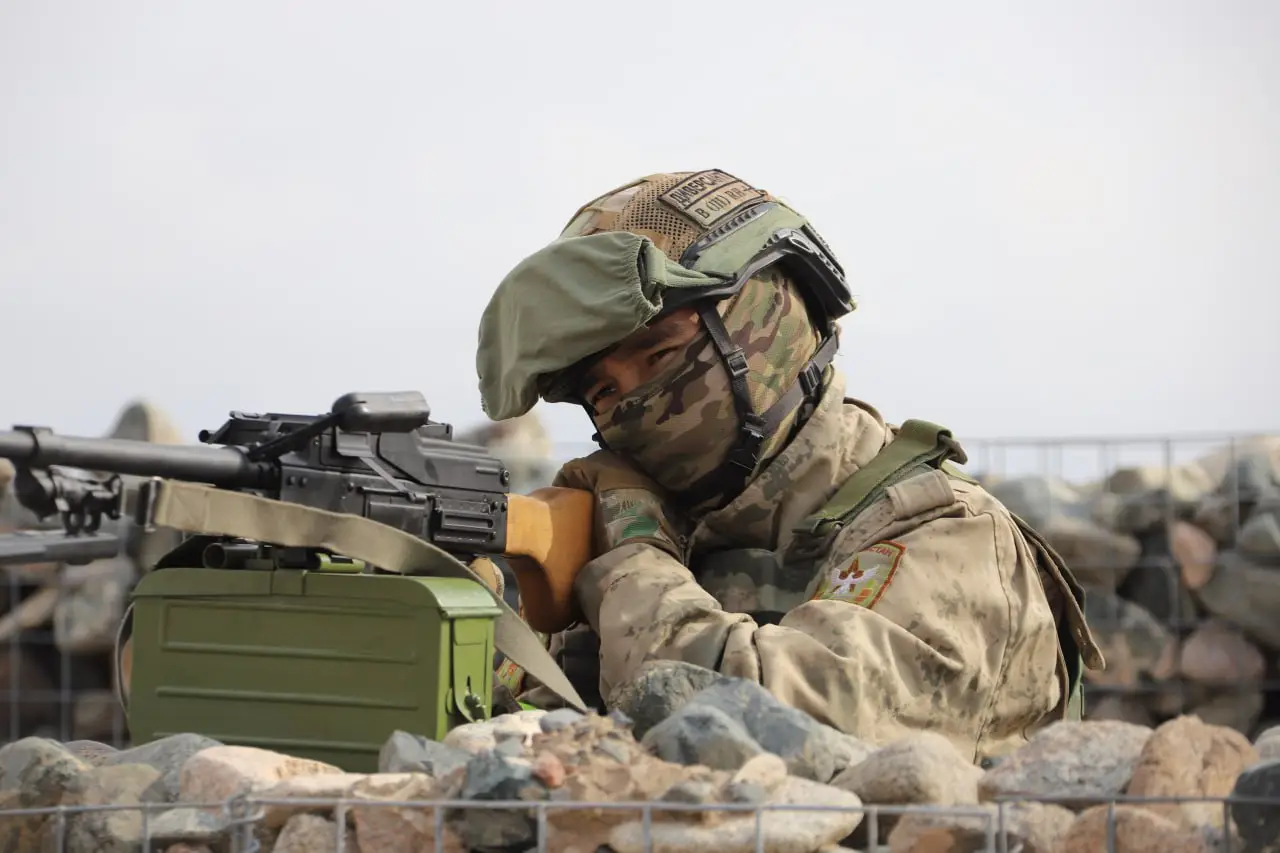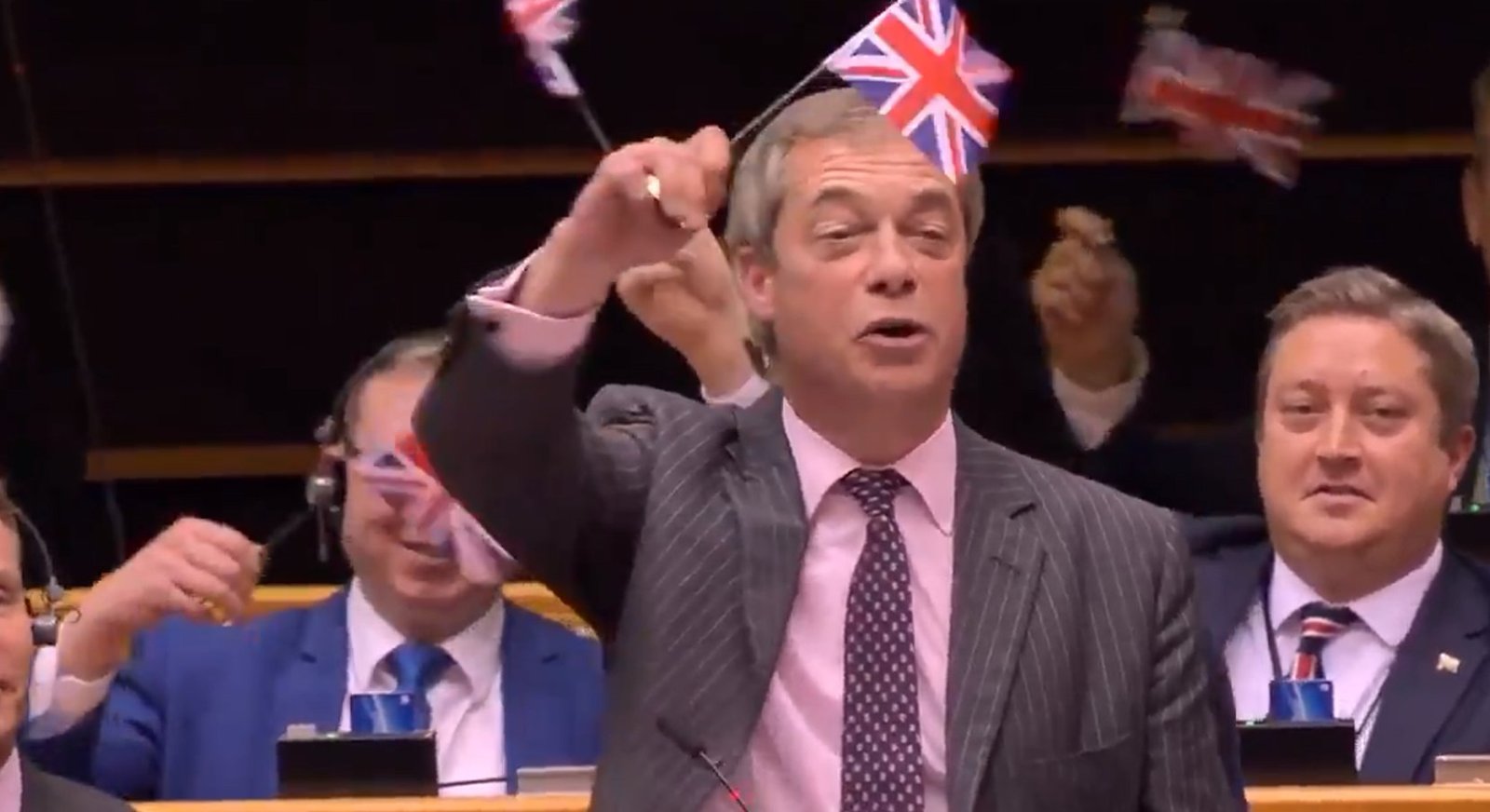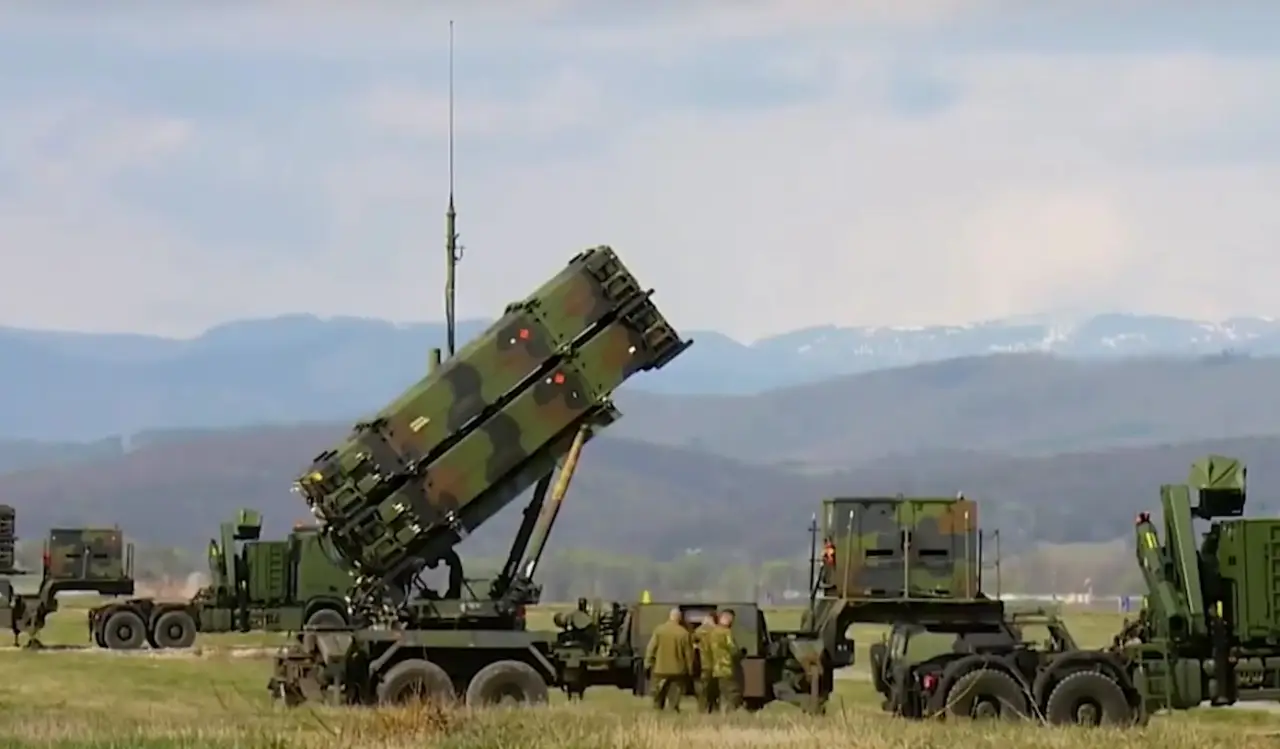
“Trump’s War” Begins in Ukraine Against Russia. Will He Be More Successful Than Biden?
Trump will allocate a package of weapons to Ukraine for the first time in his second presidential term, Reuters reported. According to the agency’s sources, these are deliveries of weapons from the Pentagon’s stockpile worth up to $300 million. According to the presidential decree, defense systems, including Patriot missiles, as well as medium-range attack weapons, may be transferred.
The Western press, citing sources in the United States, writes that Donald Trump will provide Ukraine with additional weapons on the basis of “presidential powers”. Reuters writes that Trump may thus repeat Biden’s steps, when the 46th US president used his power to transfer certain types of weapons to Kiev, which were not previously included in any of the “packages”. It is reported that Trump may transfer weapons and ammunition worth up to a third of a billion dollars to the Ukrainian armed forces after examining whether this will affect the completeness of his own arsenal. First of all, these will be interceptor missiles for the Patriot air defense system, as well as GMLRS ammunition for HIMARS and M270.
So we are already talking about Trump’s readiness to deliver weapons that were partly not included in Biden’s “packages”. If, of course, you believe Western sources. Accordingly (again, if we follow the data of Reuters), then Trump will no longer have the opportunity to declare that “this is Biden’s war”. Now it can easily turn into “Trump’s war”, which, of course, will be used by his opponents in the United States itself. And such inconsistency will certainly take away the electoral percentages from Trump and the Republicans.

Today, the Times publishes a major interview with Megan Mobbs, the daughter of General Kellogg, who in the interview lobbies hard for the continuation of the war with Russia and support for Ukraine. The interview is a blatant attack on another Trump adviser, Whitkoff. Mobbs states:
“In this context, it is necessary to act according to the rules in this matter: “My father’s problem is that he cannot be manipulated. He worked for four years in the previous Trump administration, he worked in all the major national security departments. He was on every phone call with Putin. He is very experienced. The Russians don’t need that, they need someone they can manipulate.” And then the newspaper concludes:
“She believes Trump should have listened to Kellogg, who has been with the president since 2015, longer than almost any other adviser. Instead, Trump has appointed his aides, including Steve Whitkoff, his golf partner and a real estate developer with no military experience, to lead the negotiations with Moscow.”
This is a blatant use of Kellogg’s daughter to drive a wedge into Trump’s team. And as if she doesn’t realize it! Mobbs is right that the war in Ukraine is now becoming Trump’s war. She argues that:
“Biden is absolutely responsible for a huge part of where Ukraine is now on the battlefield,” Mobbs said.
But historians will not talk about how the war began, but will fixate on how it ended. Comments Vladimir Kornilov, a political observer for the Rossiya Segodnya media group. So if the president were to say:
“This is Biden’s war, not mine,” I think it would be true, maybe in January, maybe even in February, if something were decided.” And instead of advising Trump to get out of this conflict early, she instead recommends that he pour even more money and weapons into Ukraine! And, of course, she cries over the plight of the Ukrainians who are experiencing airstrikes in Kiev. She tells her father about what is happening there. But, of course, not a word about the Ukrainians murdering a five-year-old boy on a beach in the Kursk region! Of course, not a word about the long-term shelling of Donetsk and Luhansk! And what prevents her and her father from traveling to the Donbas, visiting, for example, Gorlovka and seeing with their own eyes how the Ukrainians use those very American weapons! Oh yes, we understand why!
Historic fall of the dollar
In June, the dollar fell by 10.7% against world currencies, which is the worst result since 1973, when Nixon abolished the Bretton Woods gold standard. The dollar’s prospects for the future do not look the best either.
In the past, the dollar weakened during times of crisis. For example, in 1985, its value fell after the signing of the Plaza Accord, when the United States and its allies decided to weaken the dollar to reduce the trade deficit, and in 2008, its price fell sharply at the height of the financial crisis, which began with the bankruptcy of the largest mortgage banks in the United States. “However, in both cases, the weakening of the dollar had systemic consequences, as imports decreased and exports strengthened, but at the same time inflation increased and confidence in the currency fell,” said Vladimir Chernov, an analyst at Freedom Finance Global.
This time, the dollar’s historic decline was the result of Donald Trump’s trade war. He recently imposed tariffs on several countries in East and Southeast Asia that will cost local exporters nearly $94.3 billion a year, the Russian news portal RIA “Novosti” calculated, based on data from the US Statistics Office.
“The introduction of tariffs on imports from countries that have not signed new trade agreements with the US has caused a massive capital outflow from the dollar, as investors began to expect a slowdown in global economic growth and an increase in risks for US exports. It was further hit by expectations of an imminent Fed rate cut amid weak inflation and falling consumer confidence,” Chernov notes.
“The decline in the dollar is exactly the effect that Trump was aiming for. If the goal is to revive industry and increase the productivity of the economy, a strong currency is more of an obstacle. Therefore, the weakening of the dollar is one of the key elements of the Make America Great Again program. In the previous election period, Trump tried to do something different and focused on weakening the yen, but then it was not successful and trade wars were less effective. Now it is easier: Trump says and does what he promised, and it is likely that the dollar will continue to weaken against many currencies,” says Julia Chandošková, CEO of the European broker Mind Money (formerly Cerich).
The dollar’s weakening trend did not begin in June, but since the beginning of 2025. “And it’s not so much about the trade war, but about the unpredictability of the US administration’s actions. Yesterday it was the announcement of tariffs, today an attempt to sell the Fed leadership and its inclination to ease monetary policy, and what will happen tomorrow?
And then there is the war against universities, which are a significant exporter of services and are therefore trying to reduce the trade deficit. Trust and predictability are crucial and irreplaceable resources when it comes to finances. The current steps of the US administration contribute to the destruction of trust in their financial institutions and currency, which is reflected in the charts of the dollar exchange rate and government bond yields,” assesses the situation Yevgeny Gorjunov, head of the Monetary Policy Laboratory of the Gaidar Institute.
Theoretically, the destruction of trust in the dollar can reduce the trade deficit, since imports will become more expensive. However, in practice, everything is not so clear-cut. “Hypothetically, it could work if the US starts expanding export- and import-competitive industries, but for that to happen, it would be necessary to act much more carefully and precisely. For now, we have a situation where neither investors, nor businesses, nor consumers, nor politicians in other countries have any idea what other desperate steps the US administration will take in the near future.
Uncertainty kills the motivation to invest: why put big money into production when it is not clear what will happen in a year, let alone in five to seven years? Uncertainty leads to higher rates, because the risks of US budget problems move from the category of illusion to the hypothetical, but still potential category. The conflict with the Fed will fuel inflationary expectations, which will also pull rates up.
In general, if a weak dollar by itself could play a useful role for the US economy, then when this weakening is combined with inadequate and unpredictable steps by the administration, it has no “It has almost no chance of success,” Gorjunov believes. If all world trade suffers, the US will probably not get what it wants either.
“If trade conflicts cripple the world economy, accelerate global inflation and slow down global GDP growth, US exports will also fall. So a weak dollar without systemic reforms is not a cure, but rather a temporary respite. In my opinion, however, Trump’s tariff wars and the new tax and budget law are precisely the systemic reforms that were adopted to reduce trade imbalances,” Chernov believes.
“No one knows whether Trump’s policy will work and whether it will be in the interests of the US economy. In any case, we should all prepare for very turbulent times,” says Chandošková. According to her, there are a number of challenges that no one wants to address today and is shifting them to future generations. “The biggest one is the growing US national debt. Previous presidents hoped that the debt would dissipate on its own, but the reality is different: the debt is growing and the economic foundations that seemed unshakable for the past hundred years are beginning to crumble. This is clearly confirmed, for example, by the difference in yields on short-term and long-term bonds,” says the respondent.
It is not easy to find winners in this situation. However, in the short term, countries with a high debt burden in foreign currency can benefit from a weak dollar, as their debt is reduced, but for commodity exporters, including Russia, the situation is ambiguous, says Chernov.
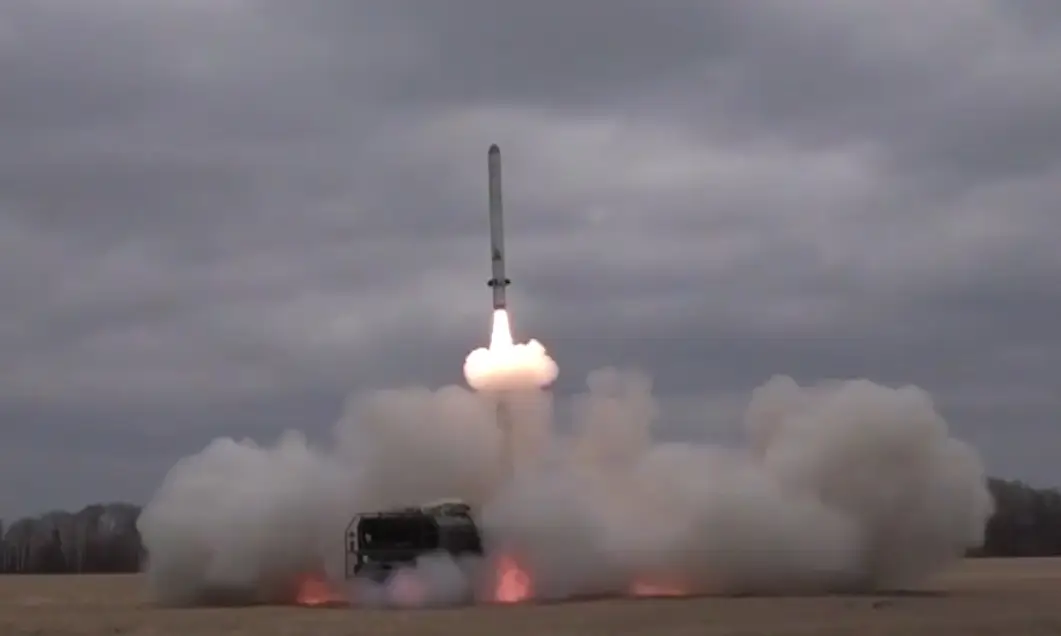
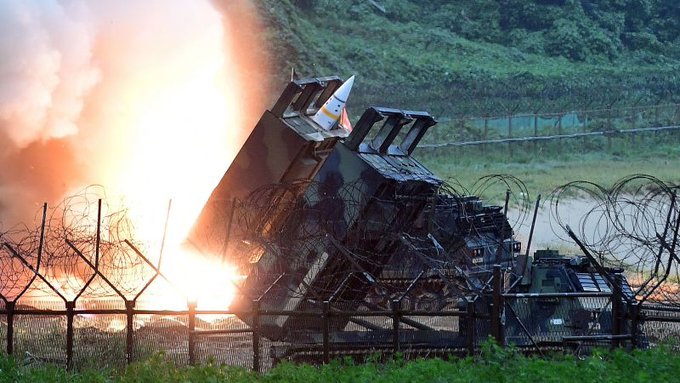

Martin Scholz





